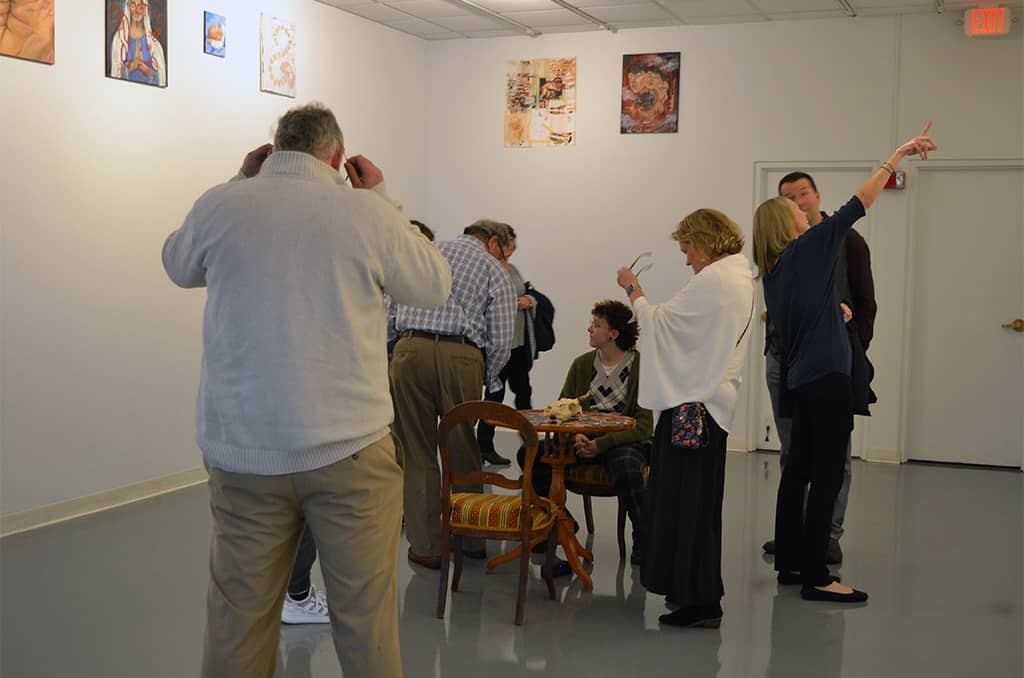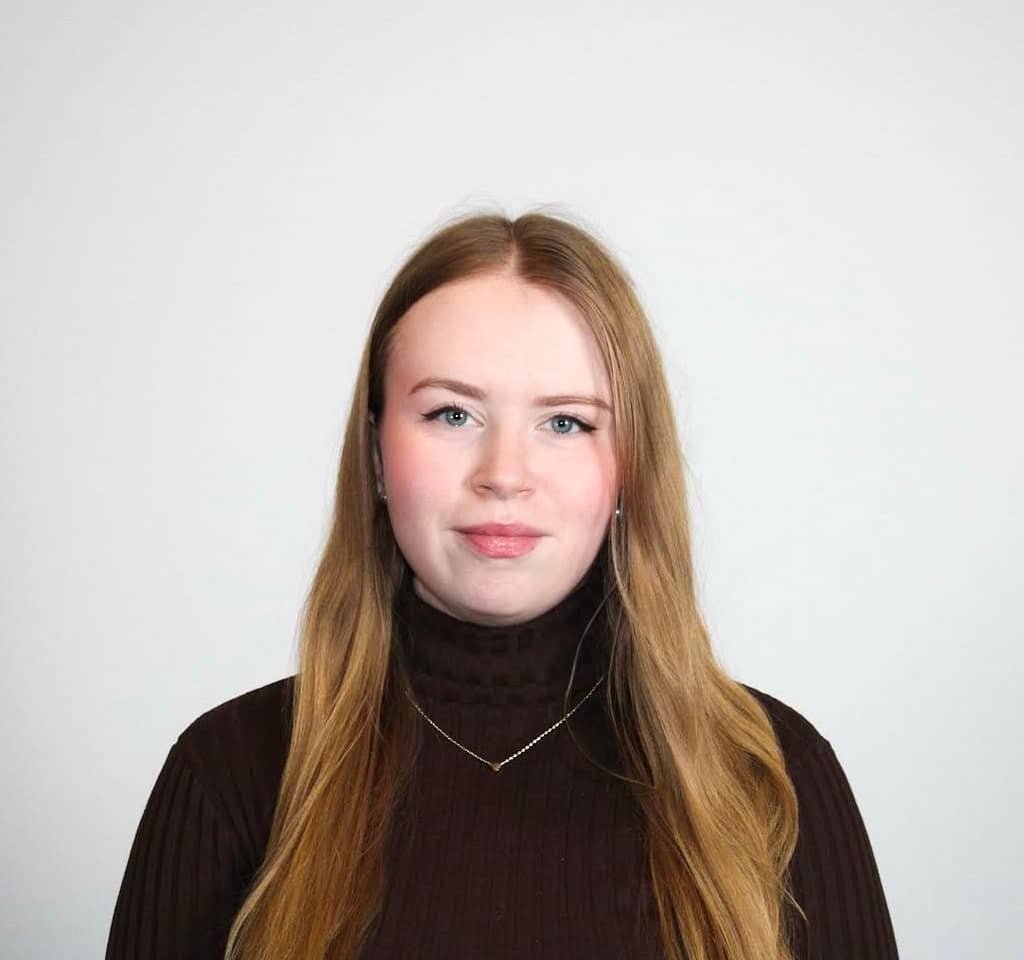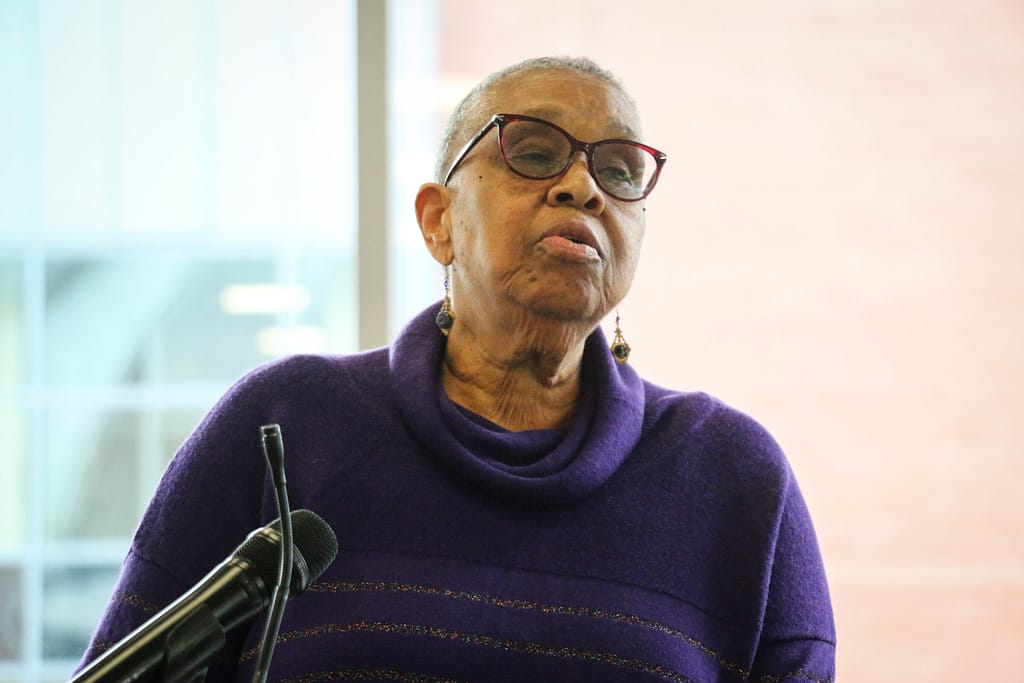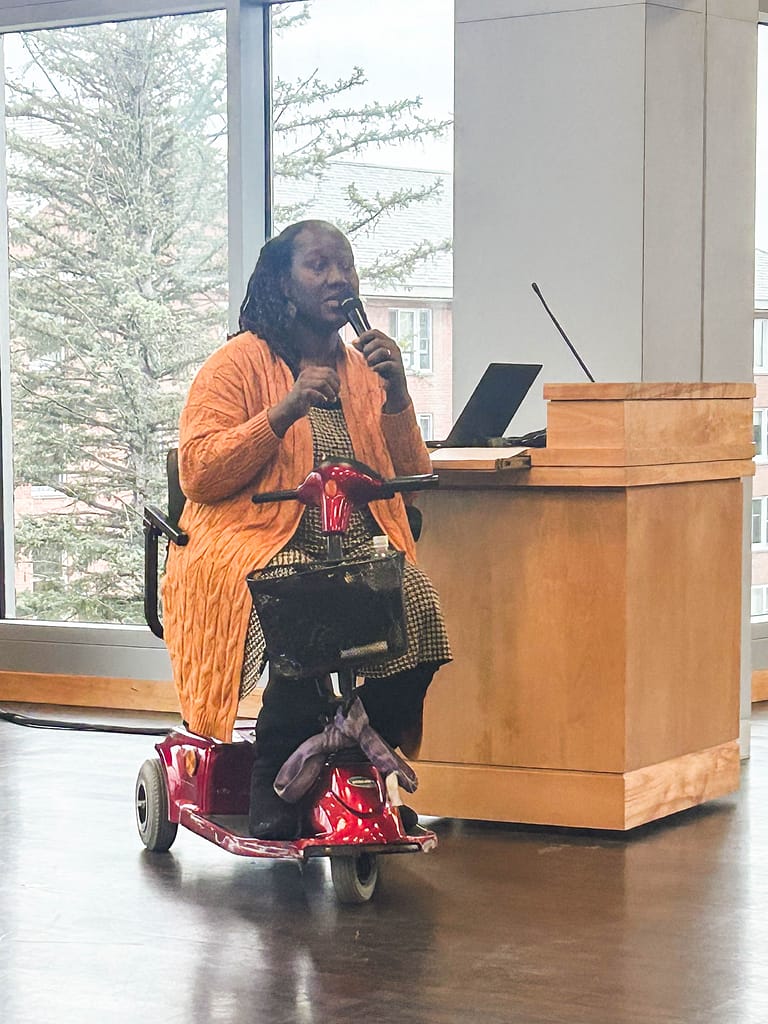Mentored summer research now embedded in campus culture
Faculty and 26 students this year look forward to more 'normal' circumstances after two years of projects largely adapted to pandemic realities
Each year at Saint Michael’s College, students apply to conduct mentored summer research in a wide variety of fields. Successful applicants selected by the Undergraduate Consortium and Vice President for Academic Affairs Jeff Trumbower live on campus and work approximately 40 hours per week, the equivalent of a full-time job, typically for an eight week period from June 6 to July 29, 2022.
Although it is a large time commitment, the benefits are countless for both the students and faculty conducting research each year. On one side, students have the valuable opportunity to learn about the specific nature of research within their fields, be it scientific method, language translation, or conducting surveys, among countless other examples.
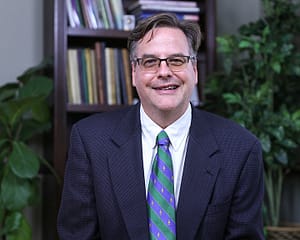
Jeffrey Trumbower, vice president for academic affairs.
On the faculty side, professors receive the benefit of extra help on their own research projects, but also the reward of mentoring students. “This is the reason they went into this field in the first place, to become professors,” said vice-president Trumbower. “It takes some energy and thought to mentor a student and that’s rewarding in itself, preparing the next generation of researchers.”
As another benefit, summer research at Saint Michael’s College finds a strong base in community. During the course of the summer, the researchers are invited to two gatherings, usually centered around breakfast or lunch, where students have the opportunity to share their research with each other. “There’s so much learning from each other about the process in general. It’s really great preparation for later jobs and careers,” Trumbower said.
The majority of students each summer are involved in STEM and quantitative social science research. This summer specifically, 23 of the 26 total research projects conducted will be in the neuroscience, biology, chemistry, psychology, sociology, anthropology, public health, political science, mathematics, environmental science, or computer science disciplines. To list a few specific examples, six students will work in the Neuroscience Department to study the effects of ethyl alcohol on the cytoskeleton and cell adhesion molecules in aquatic invertebrate species. Meanwhile in the Psychology Department, one student will study the impacts of the COVID-19 pandemic on college students with marginalized identities.
The humanities side will have just three student researchers this year: two in the English Department and one in fine arts. Within the English Department, the two students will examine a paired poetry collection, and in Fine Arts, the student will work to educate the public about the BTV-CATS system through graphics, branding, and a website. The graphics are being made in support of a project by Clay William, assistant professor of environmental science called “BTV-CATS,” a sensor that measures the algae in the lake. “Professor Williams will be trying to get folks to adopt and use his sensors and Michael Lynch, the art student researcher, will be creating the marketing and educational materials (like a website!) to help with that endeavor,” explained Becca Gurney, assistant professor of graphic design. “I think a great thing in this case is the collaboration between departments and specialties — that art reaches across and can support all areas – even science! We are all creative in our own ways – and collaborations can bring projects full circle.”
According to Trumbower, within these disciplines, research usually takes the form of large research papers that mirror the work done for a master’s degree or PhD, although not as long or as in depth.
In reflecting on the research he has seen during his time at Saint Michael’s, the vice-president stated that three main projects come to mind: one in chemistry, one in Spanish, and “of course,” Ruth Fabian-Fine’s spider researchers year after year.
Although he cannot pinpoint the specific year or student researchers, in chemistry one summer, Trumbower recalled students working on a toxic site in southern Vermont to analyze the soil and give recommendations for mediation and cleanup.
In the Spanish department, he remembered an advanced student who worked with Professor Carolyn Lukens-Olson to translate substantial sections of works by the Spanish writer Miguel de Cervantes.
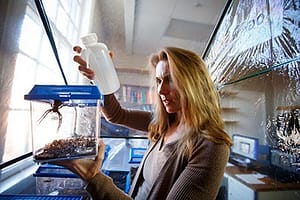
Professor Ruth Fabian-Fine has mentored groups of summer research students for many years in her ongoing work studying the neurology of spiders. (file photo)
“And of course every year,” he said, “maybe seven or eight of these [research projects] are working with Ruth Fabian-Fine and her spiders. This is like a mainstay and has been for many years.” Through this ongoing project, each year the researchers examine a new question relating to the neurology of spiders.
As for finances, although some funding for student research comes from external sources such as NASA and the Vermont Biomedical Research Network, much is also sourced internally by the College through endowments. Most substantially, many people donated to a fund established in honor of former Saint Michael’s College President Jack Neuhauser, which, according to Trumbower, is “a big help for internal funding.”
Overall, the research process at St. Mike’s provides an invaluable opportunity to become immersed in a specific area of interest for a student. “It’s learning by doing and sometimes learning by failing,” Trumbower said.


